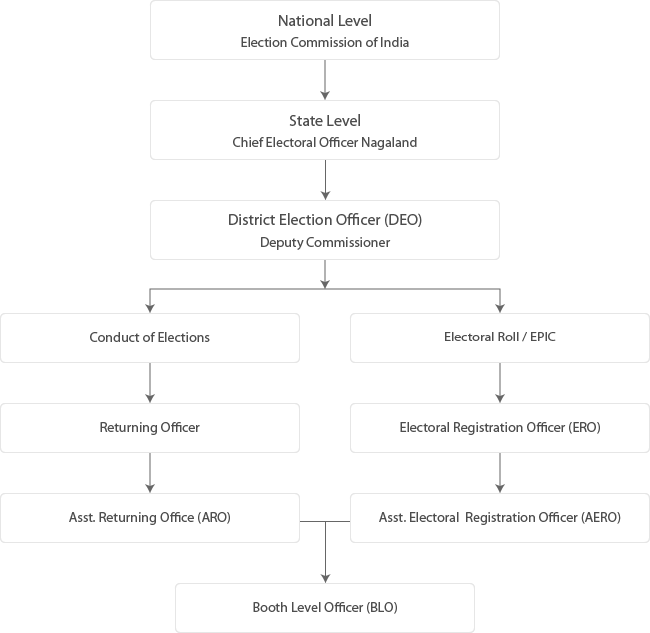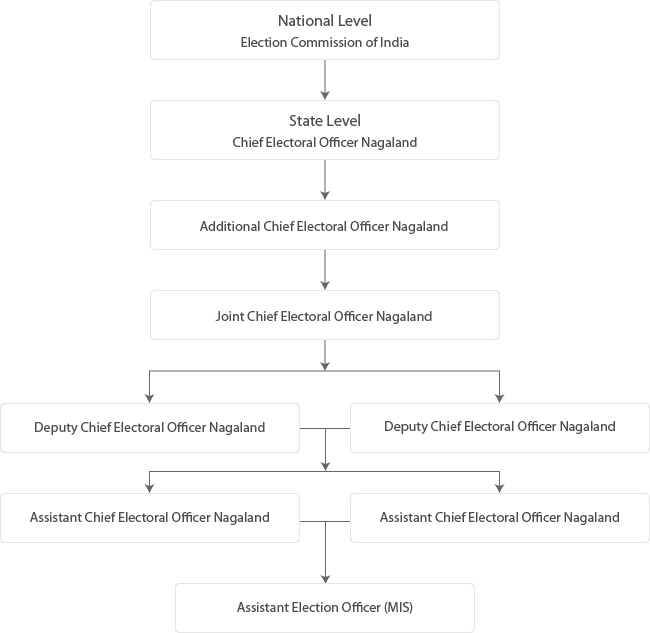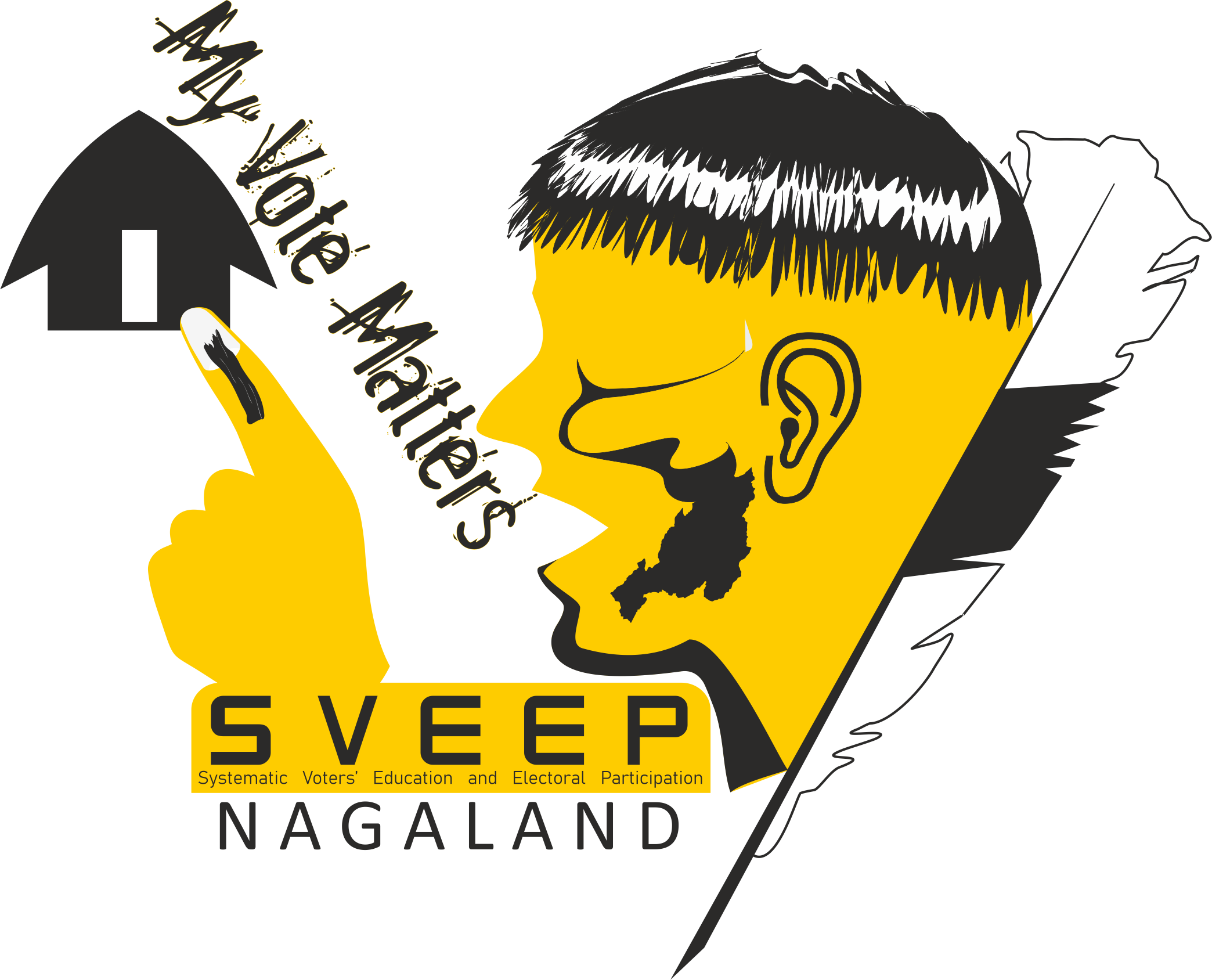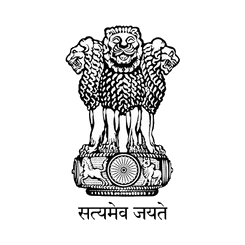About Us
Constituted on 25th January 1950, a day before Indian become a Republic, the Election Commission of India is a permanent independent Constitutional body vested with the power and responsibility for superintendence, direction and control of the preparation of electoral rolls for, and conduct of, all elections to Parliament and to Legislatures of the States and the Union Territories and of elections to the offices of President and Vice-President held under the Constitution.
The Constitution provides for Chief Election Commissioner and one or more Elections Commissioners to be appointed. The Chief Election Commissioner and the Election Commissioners enjoy the status of a judge of the Supreme Court of India. The Commission decides most matters by consensus but in case of any dissension, the majority view prevails.
In the performance of its functions, the Election Commission is insulated under the Constitution from executive interference. It is the Commission which decides the Election schedules for the conduct of elections – both general elections or by-elections. The Election Commission prepares, maintains and periodically updates the Electoral Rolls, which show who is entitled to vote, supervises the nomination of candidates, registers political parties, monitors the election campaign, including the expenditure incured by the candidates. It also facilitates the coverage of the election process by the media, organizes the polling booths where voting take place, and looks after the counting of votes and the declaration of results. It has introduced voting through Electronic Voting Machines (EVM) and compulsory identification at the time of voting by means of Electors’ Photo Identity Card (EPIC), which is prepared and distributed by the Chief Electoral Officers. All this is done to ensure that elections can take place in an orderly and fair manner.
Elections are conducted according to the Constitutional provisions, supplemented by laws made by Parliament. The major laws are the Presidential and Vice-Presidential Elections Act, 1952, which deals will all aspects of conduct of elections to the highest elective offices in India, including settlement of all doubts and disputes relating thereto; the Representation of the People Act, 1950, which mainly deals with the preparation and revision of electoral rolls for Parliamentary and Assembly elections; and the Representation of the People Act, 1951, which deals, in detail, will all aspects of conduct of elections to Parliament and State legislature and post election disputes. The Supreme Court of India has held that where the enacted laws are silent or make insufficient provision to deal with a given situation in the conduct of elections, the Election Commission has the residuary powers under the Constitution to act in an appropriate manner.
The Commission has its headquarters at Nirvachan Sadan in New Delhi, with a Secretariat of some 350 staff members. Three Deputy Election Commissioners, generally appointed from the national civil service of the country, and selected and appointed by the Commission with tenure, are the senior most officers in the Secretariat to assist the Commission. Directors, Principal Secretaries and Secretaries, Under Secretaries and Deputy Directors support the Deputy Election Commissioners in turn. There is functional and territorial distribution of works in the Commission. The territorial work is distributed among separate units responsible for six Zones into which the 29 constituent States and 7 Union Territories of the country are grouped for convenience of management.
At the State level, the election work is supervised, subject to overall superintendence, direction and control of the Commission, by the Chief Electoral Officer of the State, who is appointed by the Commission by selection form amongst senior civil servant proposed by the concerned State Government. He is, in most of the States, a full time officer and has a team of supporting staff at the State level.
At the District and Sub-Divisional levels, the election work is done by the District Magistrate/Deputy Commissioner/Collectors, Sub-Divisional Magistrate, Revenue Divisional Officers, Tahsildars, etc. They are senior officers of the State Governments, belonging to the national and State civil services. The Election Commission utilizes the same State Government officers, for election work, by designating them as District Election Officers, Electoral Registration Officers, Returning Officers, Assistant Electoral Registration Officers, Assistant Returning Officers, etc. They all perform their functions relating to elections in addition to their other responsibilities. During election time, however, they are available to the Commission, more or less, on a full time basis.
The gigantic task force for conducting a country wide general election consists of nearly five million polling personnel, besides nearly one million civil and para-military police forces. This huge election machinery is deemed to be on deputation to the Election Commission and is subject to its control, superintendence and discipline during the election period, extending over a period of two to three months.
Organisation Structure
District Level
Hierarchy of the Election Commission of India at District Level

State Level
Hierarchy of the Election Commission of India at State Level




